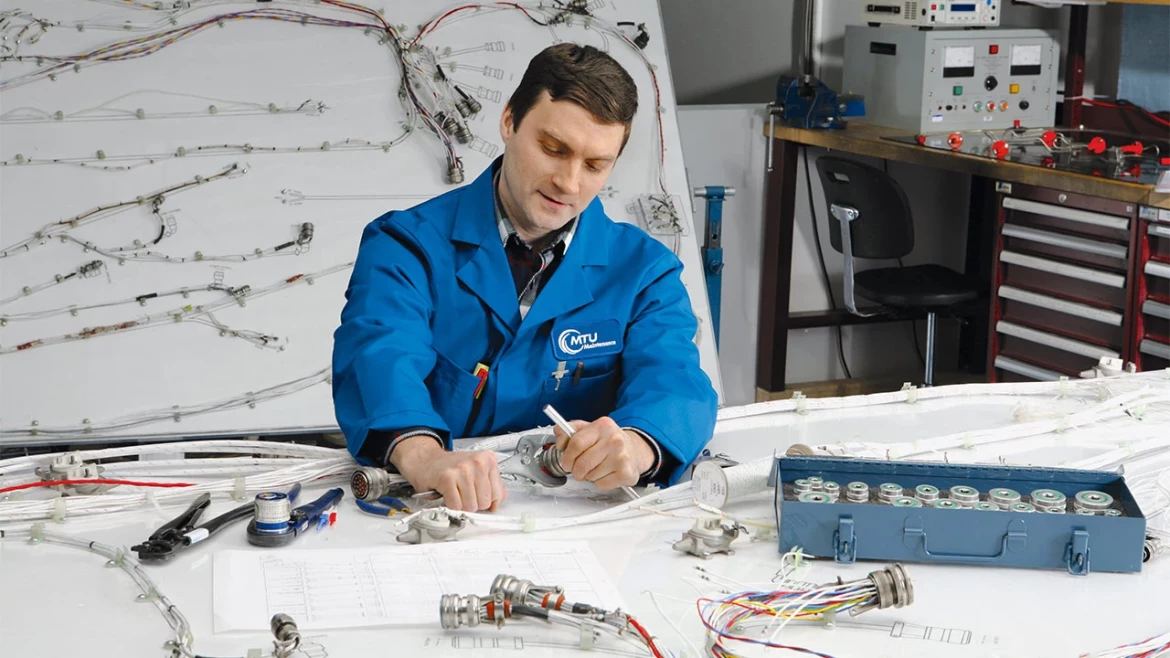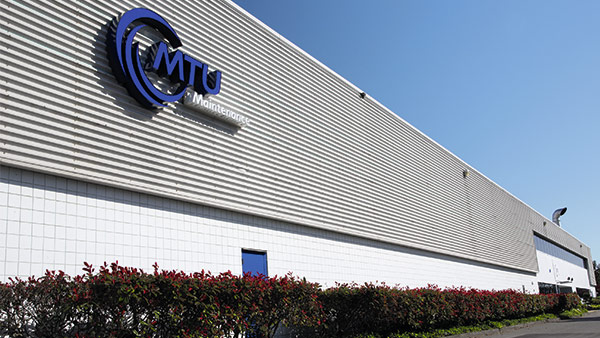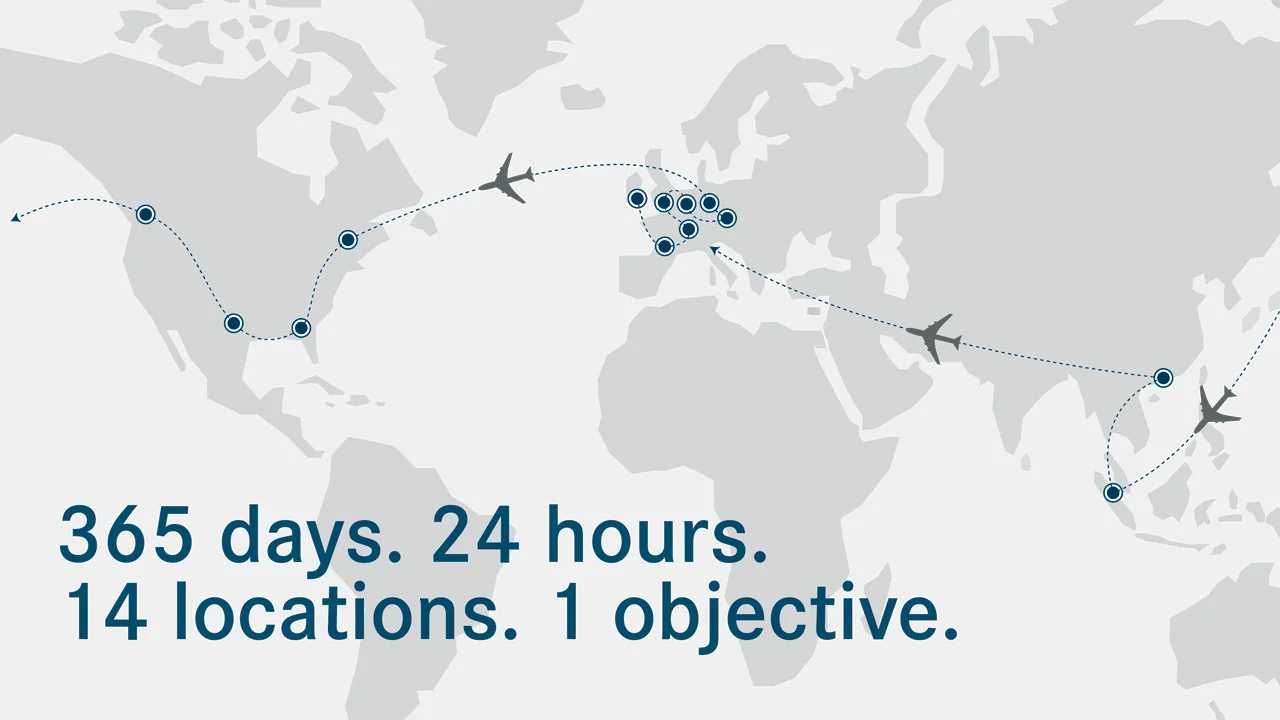aviation
MTU accessories specialists
Canada - Richmond
06.2018 | mins reading time

Vital engine components
It’s 11 p.m. in central Europe, or 2 p.m. local time in Richmond, British Columbia, Canada. Here, right on the doorstep of Vancouver and its international airport, there’s a lively buzz of activity at MTU Maintenance’s Accessories Repair Center. Various defective accessories have been announced and arrive punctually for maintenance. If you imagine an aero engine — with its compressors, turbines and combustor — as a human heart, then its accessories could be likened to the coronary blood vessels. Just as the human heart is surrounded by a network of arteries, the engine is surrounded by a range of supporting components. The analogy continues: accessories are critical to the functioning of the whole, as in the human heart. Should these accessories fail, the engine is at risk of suffering something akin to a heart attack: in the worst case, the aircraft must remain grounded — and meanwhile, the costs increase with every passing minute. Christian Ludwig and his team are there to do all they can to avoid such a scenario. “And if it does happen, we’re the ones who can get the aircraft back in the air fastest,” says the Director of Operations, Accessories at MTU Maintenance Canada.
MTU Maintenance Canada possesses expertise in some 450 repair techniques.
450 repair procedures for all accessories
Founded in1998 and currently employing a staff of around 400, the MTU subsidiary offers an extensive portfolio of accessory repairs for everything from business jet engines such as the CF34-3 to the mighty GE90 that powers the Boeing 777. At the Accessories Repair Center, MTU’s team of some 100 engineers takes the units apart, gives them a good clean, performs visual inspection and tests on the components. Repairs are then carried out, followed by re-assembly and final testing, before the accessory is sent back to the customer. “The biggest challenge when it comes to accessories is the enormous complexity involved,” says Ludwig, mindful of the fact that one single engine has an average of 80 different accessories. Accordingly, in Richmond, repairs draw on some 450 different procedures. Speed is of the essence when carrying out repair work and this is precisely the Canadians’ strong point: they are so well-organized that defective accessories can be replaced with functioning ones within between four and 24 hours.
In addition to traditional repair work in its own shop, MTU also offers management of line replaceable units (LRUs). This is an all-inclusive service package whereby MTU takes care of all an airline’s accessories and replaces specific accessory components on site during routine operations, with the assistance of MTU’s local airline support team.





